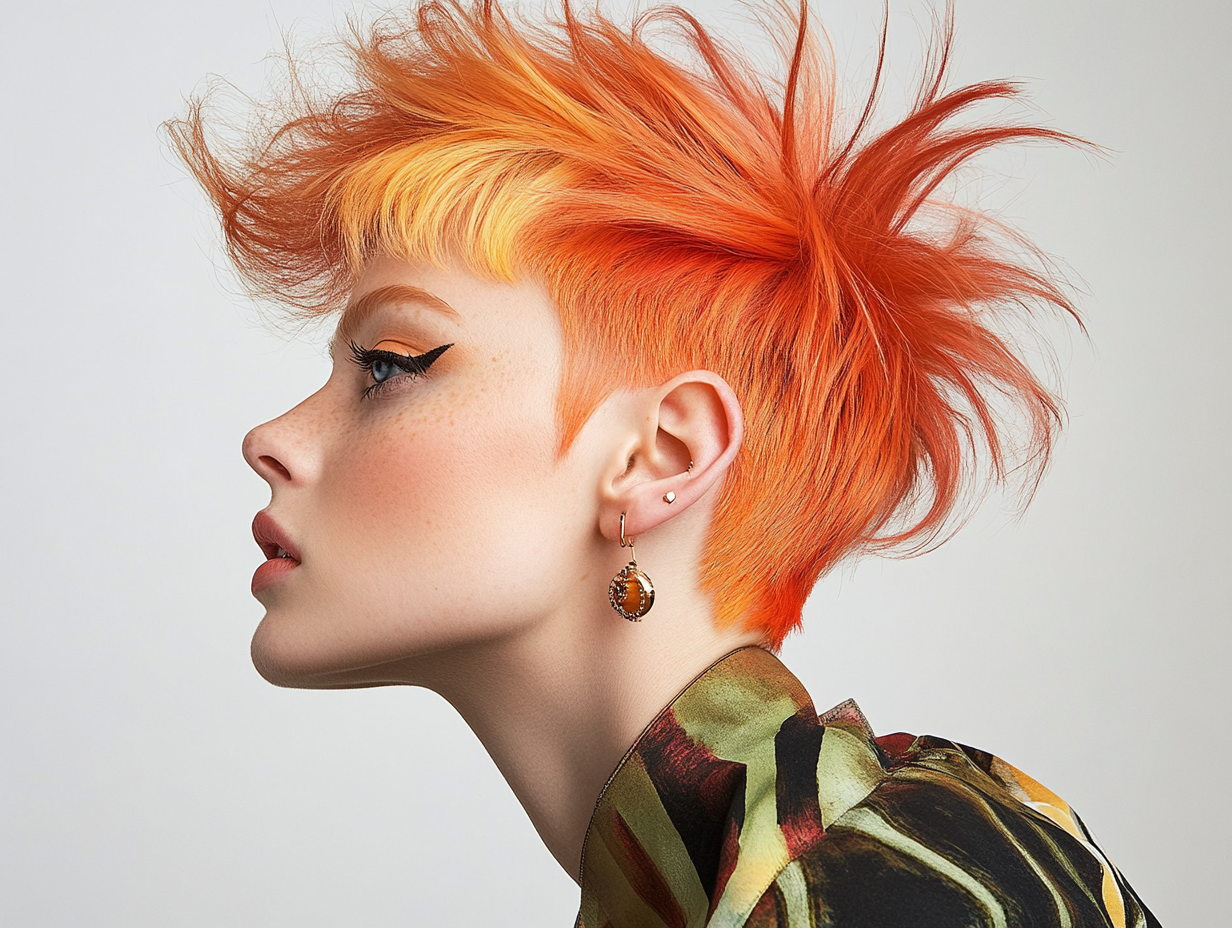The “No Tool” Finish: How to Design Cuts That Look Professional Even Without Styling

Today’s clients want hair that looks effortlessly good — even when they skip the blow-dryer. The “no-tool” finish has become a modern benchmark for cutting mastery: shapes that fall beautifully without heat, tension, or excessive product. A true professional cut should perform on its own, revealing balance, movement, and design integrity from every angle — no iron required.
1. Why the “No-Tool” Finish Defines Modern Skill
Low-maintenance demand: Clients expect shapes that air-dry into place.
Health-first approach: Less heat means stronger hair and better color retention.
Technical integrity: A haircut that relies on blow-drying for shape is a styling illusion, not a design.
The “no-tool” finish proves the stylist’s ability to sculpt form directly into the cut — not just style it into existence.
2. Designing Shape That Works Without Heat
The difference between a cut that collapses and one that self-styles lies in how the internal structure interacts with gravity and texture.
Work with the fall: Map out where the hair naturally separates and drops.
Control bulk, don’t erase it: Internal weight removal creates swing, but over-texturizing kills structure.
Use head shape as your guide: Build volume where the head flattens and remove weight where it expands.
Account for texture behavior: Predict how hair shrinks, lifts, or expands once dry.
“If the cut only works under tension, it’s not truly designed — it’s styled.”
3. Technical Focus: Cutting by Hair Type
Straight Hair
Rely on beveling and precise graduation for shape.
Avoid heavy slicing — it makes hair appear limp once dry.
Keep internal density balanced so the perimeter feels intentional, not blunt.
Wavy Hair
Design movement through elevation, not layering excess.
Cut with natural fall; avoid stretching the wave straight.
Use slide or channel cutting to release gentle motion through mids.
Curly or Coily Hair
Cut in the natural state to respect true pattern and shrinkage.
Build the perimeter first, then sculpt the interior visually.
Avoid removing too much bulk at the crown — it breaks silhouette integrity.
4. The Air-Dry Equation
A great “no-tool” finish is part design, part prep. During the service:
Finish the cut with a light mist and let the hair settle — observe the real fall before refining.
Use minimal product — the goal is natural control, not forced shape.
When finishing, let the hair dry as the client would at home.
This ensures your result doesn’t depend on a polished blowout to look balanced.
5. Coaching Clients for Success
Teach clients to guide, not fight, their natural finish:
Recommend hands-off drying until hair is 70–80% dry.
Suggest microfiber towels or cotton tees to reduce frizz.
Offer one product prescription: a single cream, foam, or leave-in that supports the shape.
Demonstrate a one-minute refresh routine for second-day wear.
“This cut was designed to do the work. You’re just reminding it where to go.”
6. The Professional Payoff
Stylists who master the no-tool finish stand out because their work speaks for itself:
Cuts look intentional, not accidental.
Clients see value in shape that lasts longer and styles itself.
It builds loyalty — clients return not because their hair stops working, but because they want to keep it performing.
A “no-tool” finish isn’t about skipping styling — it’s about proving control. When you design a cut that air-dries beautifully, you show the strength of your technique, not the strength of your dryer. These shapes respect natural behavior, simplify the client’s routine, and showcase what great cutting truly is: architecture, not illusion.

